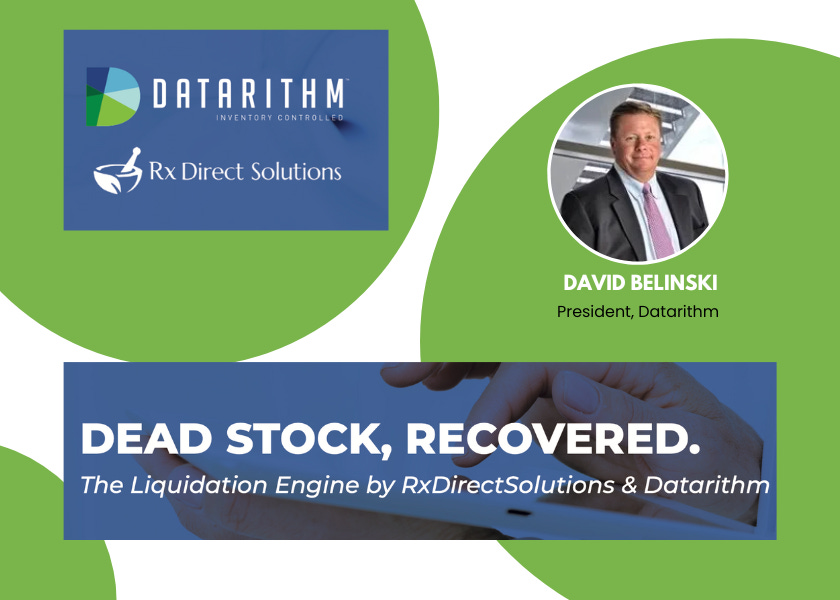Smarter Returns: How Datarithm’s Liquidation Engine Puts Pharmacies in Control
Datarithm, recognized for its innovations and services, is announcing a new return-to-manufacturer feature. PTMR’s Maggie Lockwood talks with company President David Belinski to learn more.
Datarithm is recognized for its innovations and services, such as automated inventory demand forecasting, reorder point optimization, intelligent cycle counting, and analytics. PTMR’s Maggie Lockwood talks with Datarithm President David Belinski to learn about the company’s Liquidation Engine, a new return-to-manufacturer feature developed through a partnership between Datarithm and Rx Direct Solutions. The feature will provide pharmacies with unprecedented transparency and control over short-dated and expired returns, including the ability to select value thresholds for returns, determine eligibility and timing, view expected return credit values, and generate return authorizations (RAs) and shipping labels, as well as, optionally, insuring shipped packages — benefits not typically available through traditional reverse distributors.
PTMR: Tell us how you developed Liquidation Engine.
David Belinski: Historically, reverse distributors have withheld information about “depot” returns, max…
Keep reading with a 7-day free trial
Subscribe to Pharmacy Technology & Management Review to keep reading this post and get 7 days of free access to the full post archives.


